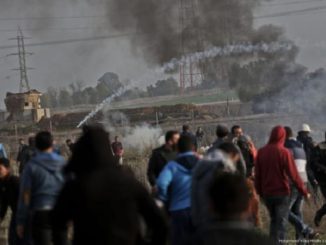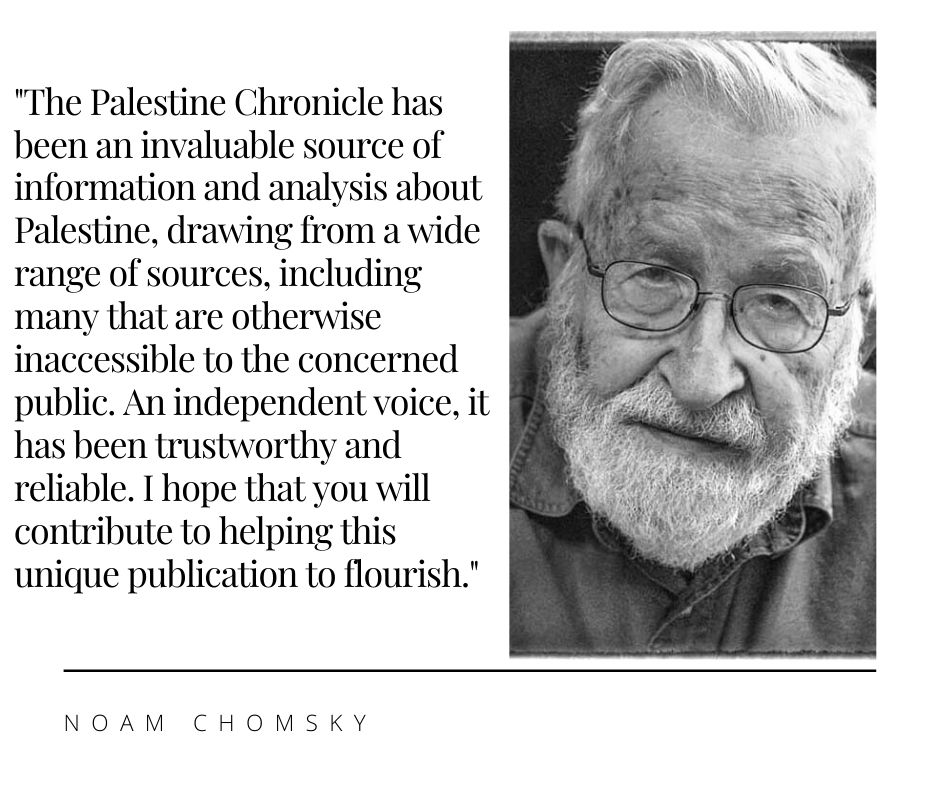
The meeting between Trump and Netanyahu covered a range of topics, with key discussions on Iran, Gaza, and US foreign policy, though leaving many questions unresolved.
Israeli Prime Minister Benjamin Netanyahu’s visit to the White House this Monday came amidst issues over American-imposed tariffs and the lingering threat of regional war with Iran. However, the press conference held following private talks was rather bizarre and packed with a variety of intriguing elements.
While US President Donald Trump appeared to indicate that the primary focus of his conversation with the Israeli PM was Iran and tariffs, a variety of other topics were mentioned, including the ongoing Gaza ceasefire talks, Syria, and beyond.
To kick off Netanyahu’s visit to Washington, he was greeted at the White House by the American President and even appeared on video once again as his seat was adjusted by Donald Trump. Yet, shortly prior to the meeting, a Reuters report indicated that the previously scheduled press conference was set to be canceled, sparking speculation as to whether something extreme was about to take place.
The public appearance between Trump and Netanyahu did end up taking place, but with what appears to have been an important twist. Despite Donald Trump appearing to speak in his usual style, the Israeli PM appeared somewhat timid, irritable, and seemed to have limited his speech, a stark contrast to his usual confident character. This alone does not necessarily enable us to draw any conclusions about the nature of the discussion he participated in, although it was strange.
“That’s the end of my speech,” Netanyahu concluded his remarks with, not taking any questions from a room full of journalists until directly asked to answer by President Trump later on. He mentioned in his remarks the usual rhetoric concerning Israeli captives held in Gaza, while also addressing the 17% tariffs that were recently imposed by the United States on Israel. Netanyahu also stated that he would approve of US-Iran negotiations that would completely eliminate Iran’s nuclear program, in a similar way to what former Libyan President Muammar Gaddafi did prior to his nation being attacked by NATO.
As for Gaza, Netanyahu didn’t say anything new at all, reiterating his approval of ethnically cleansing the besieged coastal territory. On the other hand, Trump decided to go on rambling about his plan to ethnically cleanse Gaza and force the people into surrounding nations, before calling the territory valuable “real estate” and stating that once his plan is implemented, they will call the Gaza Strip “the freedom zone.”
Yet, when pressed on the issue, he also said there are other options on the table, besides ethnic cleansing. A key takeaway is that the US President has no coherent plan that he is capable of explaining yet, while also demonstrating a clear lack of knowledge about the situation.
Pete Hegseth, the US Secretary of Defense, jumped in to take over from Trump when the issue of Yemen surfaced. He and Trump both claimed that enormous blows had been dealt to the Ansarallah movement in Yemen, which they refer to as “the Houthis”; this has been repeatedly claimed, despite leaks from top US officials who say the campaign has failed thus far.
The most important information that surfaced was on the issue of Iran. The US President alleges that direct talks with officials from Tehran are currently taking place, asserting that the claims about indirect negotiations are inaccurate. He also says repeatedly that a “high-level” meeting is taking place this coming Saturday, that the discussions will be direct, and that the next steps will depend upon the results of the direct negotiations.
The confusing part here is that Iran’s military, political, and spiritual leaders have all repeatedly stated that no direct negotiations will take place with the US, so long as it is threatening their nation and imposing “maximum pressure” sanctions. Just yesterday, Iranian Foreign Minister Abbas Araghchi announced that Tehran is only interested in indirect talks.
This point is actually crucial because the US has been rapidly deploying its military assets to the West Asia region, including granting Israel more THAAD air defense systems, as well as positioning its stealth bombers and other assets at the Diego Garcia military base. Meanwhile, Iranian officials are making very explicit threats of military action, which they say will come in response to any US attack. Either Trump or Iran is lying about the negotiations.
As for other issues, such as Turkey’s role in Syria, it has been clear that Israel does not approve of Ankara’s influence over the country. Yet when Trump was asked the question, he decided to talk about how he likes Turkish President Recep Tayyip Erdogan and “he likes me too,” positing that Turkey controls Syria through proxy and that he’ll solve the issues between Ankara and Tel Aviv.
(The Palestine Chronicle)

– Robert Inlakesh is a journalist, writer, and documentary filmmaker. He focuses on the Middle East, specializing in Palestine. He contributed this article to The Palestine Chronicle.








Netanyahu of Israel bringing down international norms and laws via his ongoing Palestine illegal occupation, siege and genocide while Trump of US, on the other hand, is bringing down global market via his ill-advised tariff war.
The meeting and relationship of the two is not unexpected and quite predictable.
Global world should make the required move before the moves of the duo scatter the internation laws and markets into pieces.
Blood are still flowing in Gaza and elsewhere as a result of actions of the duo, one a wanted war criminal the other a nice but ill-advised fellow.